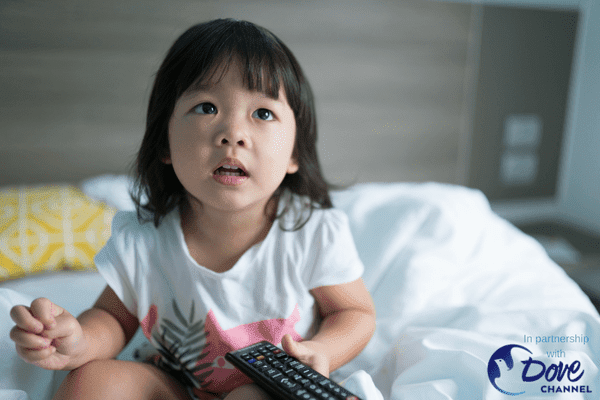
It's a kid's show, so it's appropriate for your little one, right? Not necessarily. These days, children's shows are filled with things you might not want your kids to see.
This article won't point out specific programs that could be harming your children, but it will be a guide so you can evaluate what they are watching.
1. People are defined by one characteristic
Children and tween shows portray characters who are defined by stereotypical characteristics. There's a "smart kid" or a "pretty girl" with no further layers added to their personalities. People in the real world are more complex than your children's favorite characters, and your kids need to discover that complexity in themselves and others. Someone could be both an athlete on the soccer field and a musician in band class. Likewise, a bully can be just as insecure as they are confident. The stories portrayed on television should be helping children explore individuality in themselves and develop empathy for others.
2. Cliques are central
Children's programs use singular characteristics to group kids into cliques. While children naturally gravitate toward people based on similarities, adults recognize friendships are more fluid than strict cliques portrayed in television programs. Instead of teaching children that school is a world of hierarchies and rigid social groups, children should be learning to develop relationships with all types of people and discovering how to be inclusive and included in a variety of groups.
3. Language
Of course, television programs for youngsters aren't filled with hard swear words. However, words like "idiot" and "bozo" litter many children's shows, teaching them that these words are appropriate. Not only that, but even tame cartoons are filled with innuendo. While this (hopefully) goes over your kids' heads, with repetition, they may start to catch on to material that isn't appropriate for their youth.
4. Focus on romance
How much pressure do young people need in the area of love? Romance will come at a proper time. However, many programs depict young characters getting a boyfriend or even finding "true love." If shows teach kids that having a boyfriend is the most important goal in life, they may internalize that motif and morph it into an unhealthy obsession.
5. Violence
Many cartoons depict violence in a humorous light. We see superhero-like people fighting and killing or creatures bashing heads for laughs. Impressionable kids are beginning to see violence as a positive. Instead, they should be learning violence's true nature: that it's harmful.
If you discover these elements in the programs your children are watching, you may want to reevaluate what you allow them to watch. If you want to be confident and sure that their programs are appropriate for their age, subscribe to the Dove Channel. The Dove Channel is filled exclusively with wholesome entertainment. Not only that, but the Dove Channel offers a rating system so you can know exactly what media your kids are consuming.

